The other day I was doing some research on growing flowers and came across a progress picture of a beautiful tulip farm- the “after” was long planter boxes full from edge to edge with tulips in a huge, green, grassy field, neatly mowed into aisles between the planters, with big bushy trees in the background. I scrolled down to the “before” which was essentially the exact same minus the planters and flowers- a lush green field with huge trees in the back.
“Must be nice to have that as your ‘blank canvas’”, I thought.
Here in the desert southwest (we’re in New Mexico) I don’t know of anyone who starts with a meadow full of lush green grass. Here’s a “before” picture of our land from when we first bought it.

It’s beautiful in its own way, but lush and green aren’t necessarily the first words that come to mind.
Gardening success is possible in both scenarios, as is gardening failure, but we who are trying to grow plants in climates that are hot and dry have a unique set of challenges.
Here are my top 7 tips for successful gardening in a hot and dry climate:
1. Choose plants that will actually grow in the heat
One of the mistakes I made early on was trying to plant things like broccoli and strawberries and peas, expecting them to survive our 100° summers. Basically, they were doomed before they even got roots in the ground.
It may be tempting to try to grow “all the things”, especially if just beginning, but you’ll have much better success if you plant things that are likely to be successful– that is, plants that can stand up to the harsh heat and dry air.
Some of the best plants for hot climates are:
Squash (zucchini, spaghetti squash, butternut, pumpkin, etc.)
Tomatoes
Cucumbers
Sunflowers
Zinnias
Marigolds
Herbs (mint, basil, sage, thyme, oregano, etc.)
Melons
Beans
Sweet potatoes
Chard
Okra
Peppers (green chile, jalapeños, bell peppers, etc.)
Eggplant
Corn
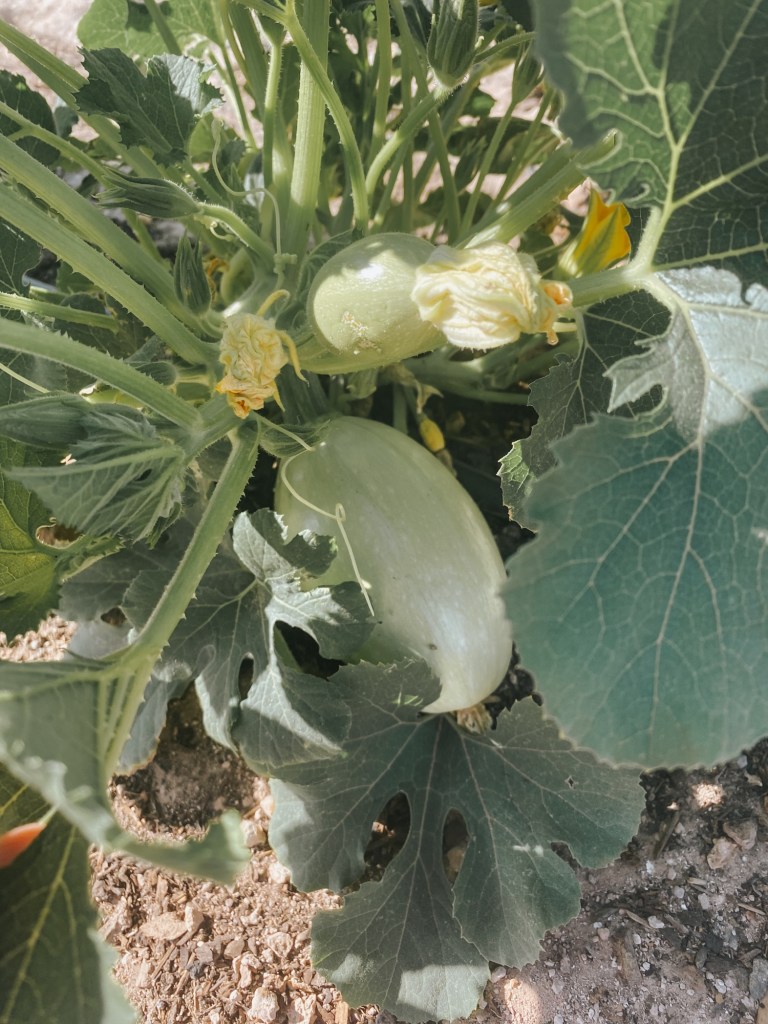
2. Use drip watering systems
When watering with a hose, it may look like the ground is sufficiently wet, but it’s difficult to gage whether or not its soaked deeply into the ground; besides that, as plants grow bigger, large leaves can block water from reaching the bases and roots of plants.
A much more efficient and effective way to water is using a drip system of some sort. “Soaker hoses” are an easy solution for a small garden (though they can become clogged by hard water). Constructing your own system with poly-hoses and attachments is simple, long-lasting and completely customizable. The drippers can be removed to be cleaned or replaced if they become clogged. The water will go right to the base of the plants and soak in slowly and deeply to the roots of plants.
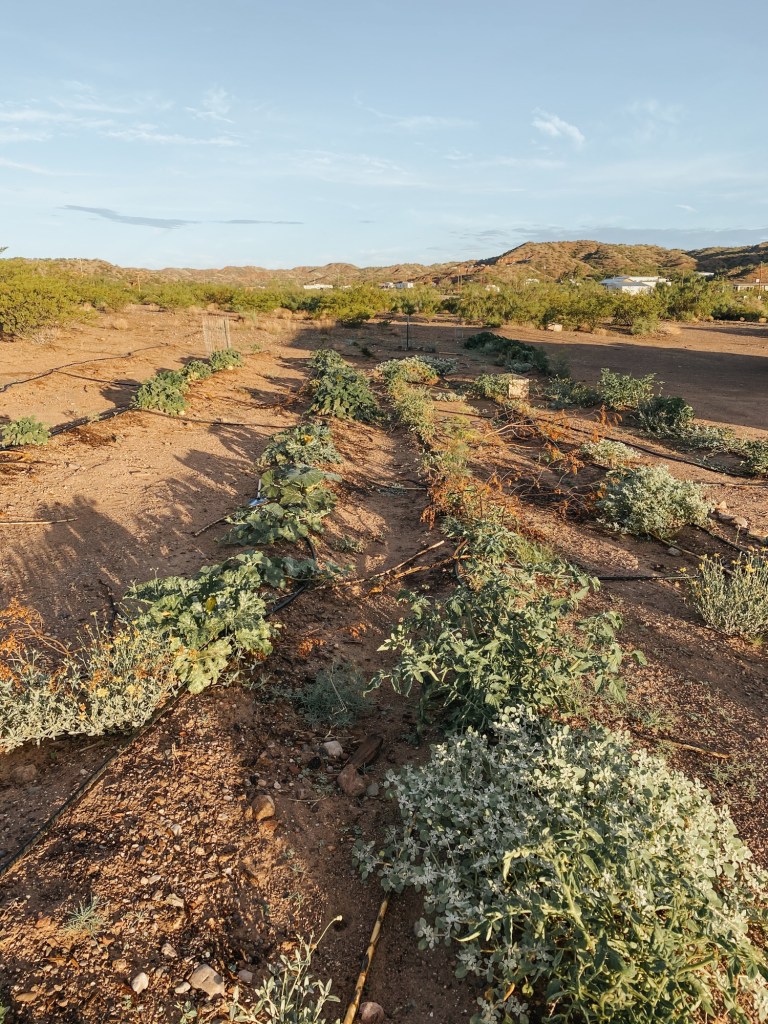
3. Cover the ground
Covering the ground, whether by mulching or using a cover crop, is beneficial in any climate as it protects the microscopic, nourishing life teeming beneath the soil. It also reduces weeds and prevents soil from drying out. Mulching in the desert is a must!
If starting a garden from scratch, the prospect of mulching everything can seem expensive and labor intensive, but it doesn’t have to be. Look around for what you already have that can be used to cover the ground– twigs and small branches, trimmings from shrubs, fallen leaves, old straw, even cardboard- make use of the materials already available!
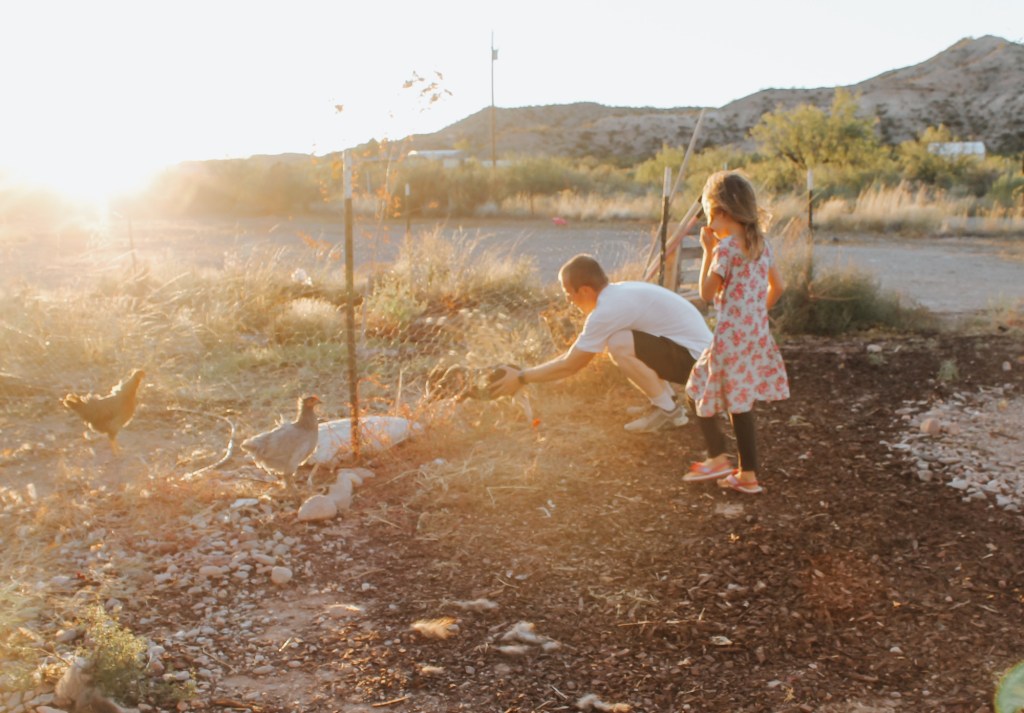
4. Direct sow seeds at the right time
Transplanting fragile seedlings often leads to their demise as the harsh heat and wind can be too rough for them. Sometimes it’s necessary or beneficial to start seeds indoors, but when direct sown (planted by seed straight into the ground), the plants come up stronger and hardier.
Most summer-grown vegetable and flower seeds can be started indoors anywhere from 6-12 weeks before the last frost (you can look this up for your particular zone by zip code, or most seed packets have specific instructions) or direct sown after the danger of freezing temperatures has past. It may seem not worth it to wait for temperatures to warm, but as one of my friends who always has the most bountiful garden says, “things grow when they grow”. I have found that starting plants earlier doesn’t always lead to an early harvest; trying to rush things may not end up being the most effective in the end.
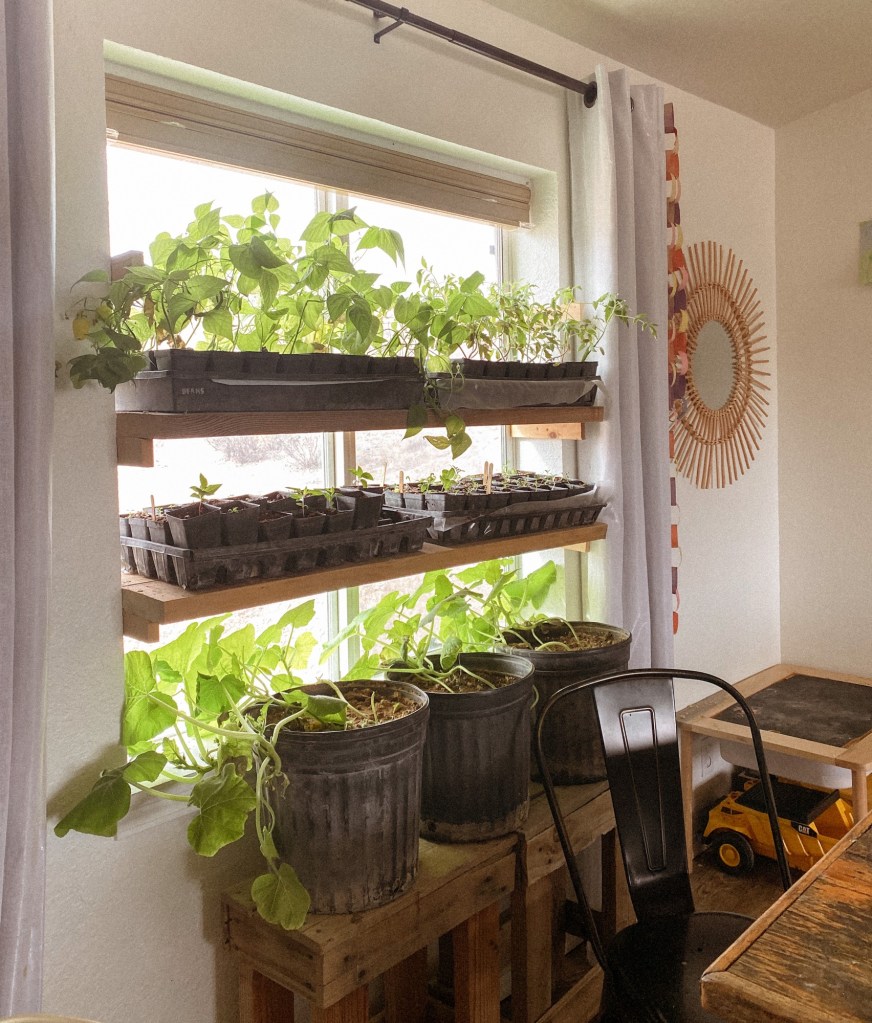
5. Water consistently with timers
Forgetting to water is probably the number one way I’ve killed plants; 95-105° heat can scorch and kill plants quickly if they haven’t been sufficiently watered. Using digital or manual timers eliminates this problem and simplified the work of watering. Your sprinkler, hose, or drip system can be hooked right up to the timer and you can customize the frequency and duration of water time.
If using an actual watering timer isn’t a desirable option, setting alarms for days and times to water can be a great alternative.

6. Make use of a winter garden
The summers may be hardly bearable in certain zones, but usually those same zones have very mild and pleasant winters. In areas with mild winters, fall and winter gardens can produce even more than summer gardens! Here’s a list of some cold tolerant vegetable plants:
Beets
Radishes
Lettuce
Spinach
Cabbage
Broccoli
Cauliflower
Chard
Collards
Celery
Turnips
Carrots
Onions
Kale

7. Make use of shade
Most people have to make sure their plants get enough sun, but in hot and dry areas we have the opposite problem- too much sun! Sometimes shade isn’t an option, but if possible, make use of what shade there is, especially afternoon shade. Plant your garden near some shade trees or on the side/front/back of a house or shed. A friend who lives near us in southern New Mexico kept having her lavender plants die until she planted them under her big cottonwood trees. One year we grew lettuce, which is usually very sensitive to the heat, all through the summer- under our trampoline! Be creative and use what shade is available.
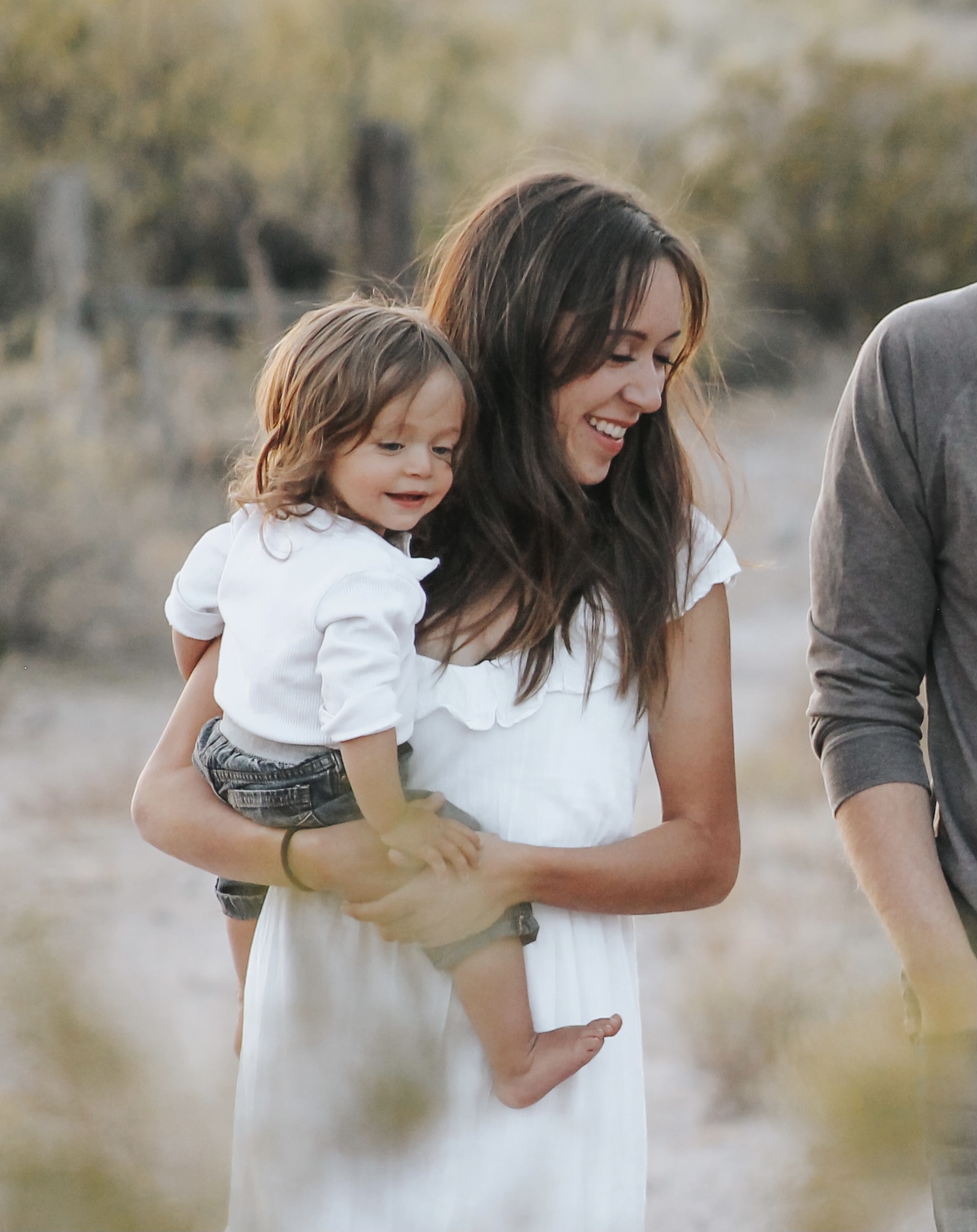
Leave a comment